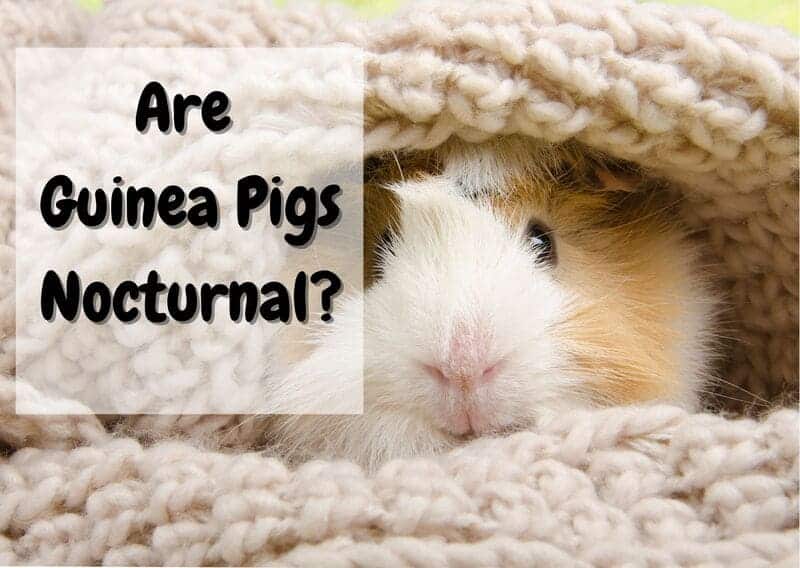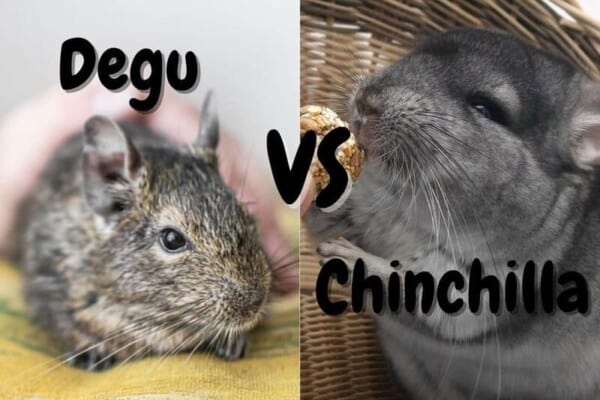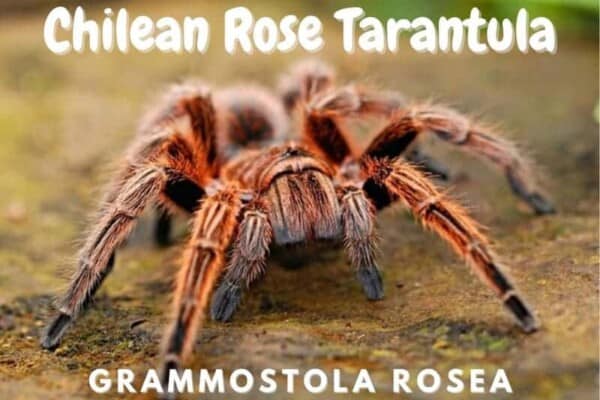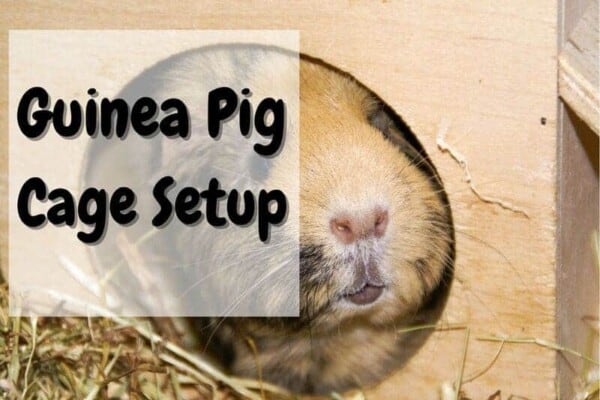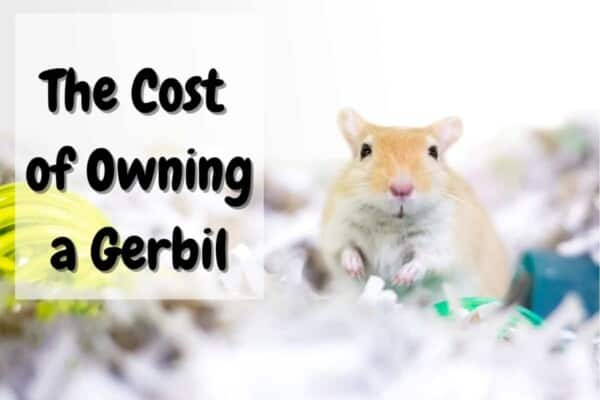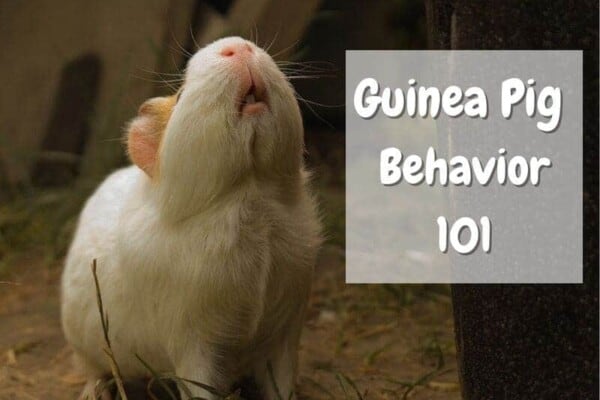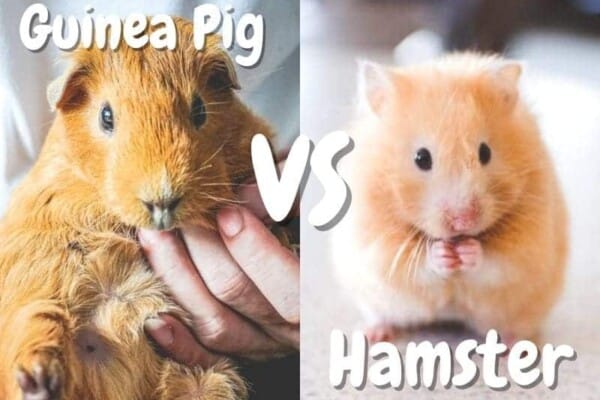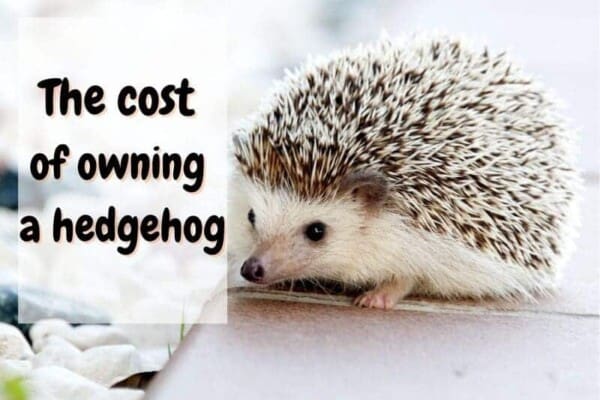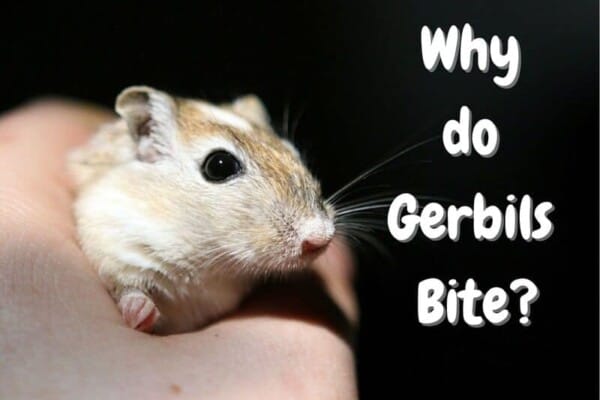Are you curious about how the guinea pig sleep pattern works? Well, there is some good news for those who spend more time at home. Here is everything you will ever need to know about guinea pigs and how they like to sleep.
Are Guinea Pigs Nocturnal Or Not?
Guinea pigs are neither completely nocturnal nor diurnal. They only sleep about four hours in the day, but also during the night. They tend to sleep in very short naps during the day or night. This means that they will be awake for most of the daytime hours.
Many small animals are only sleeping during the day, which makes them nocturnal. Some little rodents share nocturnal-like sleep patterns and wake up at dusk, which makes them crepuscular. Guinea pigs belong to none of these categories.
What is a normal guinea pig sleep schedule?
Your guinea pig is not going to be snoozing for hours on end, so don’t expect they will sleep for long at all. They like sleeping in individual blocks of naps that can last anywhere from 10 minutes up to 30 minutes at most. This can mean they will eat and play for three-quarters of the time and then get tuckered out.
This is why they need to have lots of stimulation that keep them active when they are awake. Since they are naturally curious, they will search out spots in their cage that are intriguing. At some point when they become tired, they will decide to sleep just to conserve their energy.
Sleep patterns will change as they grow
Younger guinea pigs will have serious bursts of energy with longer awake time. This is a good time to teach them to explore and play with their new toys and forage for food. As they grow older, they will learn certain patterns such as feeding times and playtime routines.
Once they mature and become adult pigs, they will have grown into these patterns but their age will dictate their sleep pattern. It will take less time for them to get tired out and start sleeping in your presence. When this happens, you will learn they have accepted you enough to nap while you are in the room.
How to optimize your guinea pig’s sleep
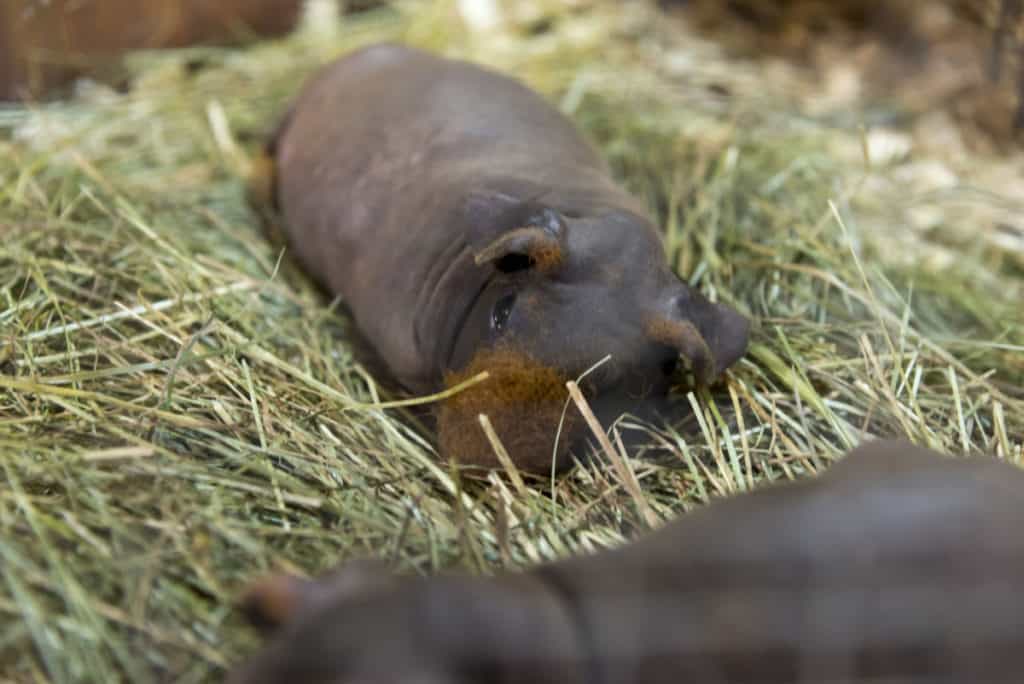
There is a certain amount of preparation to ensure that the 4 hours that they do sleep are complete. These will include strict rules that allow your guinea pig to sleep at any time of the day or night.
1. Quiet settings
Find a room that is situated in a part of your home that has the least amount of noise possible. If you have a basement, this would be a better solution, as the sound downstairs is rather limited. Try to limit the sounds from the outside or from parts of your home that could alert them to your presence. Even the sound of a refrigerator door opening is enough to wake them up.
Noisy rooms are going to be terrible for them and lead to nervous problems down the road. Continual noise might trigger nervous and erratic sleep issues and can lead to eating disorders, loss of weight, and sickness.
If you have set up a quiet, designated room for them to live in, this room should be guinea pig proofed. All of the electrical wiring and items that could be chewed need to be hidden and stored away.
2. Items to prevent boredom
Guinea pigs tend to get excited for all sorts of reasons. Include toys, hideouts, and cage habitat items to keep busy when you are not there. This is essentially a room that will be their all-in-one entertainment space where they won’t be bored if they wake up. The more chance they have to keep busy, the better they can sleep when the time comes to get a nap.
If you can build guinea pig tubes, then these can be connected to adjoining cages that allow further exploration. Be sure to have plenty of little huts and hideouts where they can rest along the way. If there is ambient light in the room, your guinea pig will find a good spot where they can avoid this light as needed.
3. Food
A balanced diet for your guinea pig will give them energy and nutrients, but too much natural sugar from fruits will cause more harm than good and may disrupt their sleeping habits.
4. Arrange your cage so that your guinea pig can easily take naps
In the wild, the best place where a guinea pig would seek refuge is underground, inside a burrow. Well inside your home, you just don’t have the luxury to dig up the floorboards. Instead, the next best thing is adding some kind of protective structure when setting up your guinea pig’s cage.
Here are some excellent examples that you don’t have to spend a lot of money on. Since these are meant to be permanent, some of these can be made from natural wood materials. This is just in case they decide to give it a nibble from time to time.
- Hut: A hut can be as simple as a covered shack big enough for one or two pigs. I recommend that you have at least two of these inside their cage, or outside in their little playground.
- House: This is an upscale building that can be more complex than a simple hut. It should be designed like a puzzle with lots of areas for them to explore and be mentally stimulated.
- Hideaway: This is a structure that is meant for sleeping and doesn’t need windows other than a large enough door to enter. These can be considered sleeping shacks but are placed in spots that are accessible to them. You can make a simple hideaway using a cardboard box with an entry door cut into it.
Don’t forget to add some guinea pig grass just in case they need something to nibble. I also recommend that a water dish is close by so they can get a drink if they need some water. The best hideaway boxes are large square Kleenex tissue boxes with a larger entry hole cut out for them.
Do guinea pigs need to sleep in the dark?
It doesn’t seem to matter if you have a dark room for guinea pigs to sleep in. They only need a place where they can retreat that is dark enough. A hideout or little house is all it takes for them to be happy with a nice dark place to rest.
Should I cover my guinea pig cage?
It’s not a good idea to cover your guinea pig cage for several reasons. To start with, not seeing what is happening outside the cage will make them stressed. Covering the cage will also prevent proper airflow and will raise the temperature. Besides that, they might grab hold of the blanket and chew into the fabric and thread which might lead to complications.
Can you change a guinea pig’s sleep pattern?
Guinea pigs already have a very strange sleep pattern so it’s impossible to change or synchronize it with yours. They will be awake when you are awake, but keep in mind they will be awake most of the night too. Since they sleep just 4 hours a day, they break this into several blocks of naps over 24 hours.
What position do guinea pigs like to sleep in?
You will see that your guinea pig will sleep on all four legs standing perfectly still. This is a sign they are most likely asleep. Don’t worry if you see your pig sleep with their eyes open, they have developed a method to snooze in this way so they are in a continual state of readiness. This means they need to escape from danger at all times. Just like in the wild, they are ready to bolt for safety if there is a predator nearby.
Guinea pigs may also sleep on their side if they feel very tired or just overly lazy. It’s common for pregnant females to lay on their side if this is comfortable for them. There is also a word of caution if your guinea pig is doing this very often since this might be a sign of a health issue. In that case, you will need to get your guinea pig to the vet for a check-up.
Why is my guinea pig sleeping all the time?
If you see one of your guinea pigs snoozing much more often than they used to, you should take them to a vet. This can be a sign there is a medical or diet problem. Don’t be surprised if you have two guinea pigs and it turns out that the extra lethargic one is a female that is actually pregnant.
What are some good guinea pig sleeping accessories?
Whether you get your guinea pig a sleeping bag, a comfy little bed, or a pocket-like sack, the material needs to be made of fleece. Fleece is a fiber that is made of fiber that’s mashed together like felt. Even if they chew this material it won’t hurt them, but thread and fabric material just might.
Related articles:
Resources and further reading:
- Caring for Guinea Pigs, animalwelfarefoundation.org.uk
- Sleep and wakefulness modulation of the neuronal firing in the auditory cortex of the guinea pig, José L Peña, Lucı́a Pérez-Perera, Marcel Bouvier, Ricardo AVelluti
Contents
- Are Guinea Pigs Nocturnal Or Not?
- What is a normal guinea pig sleep schedule?
- How to optimize your guinea pig’s sleep
- Do guinea pigs need to sleep in the dark?
- Should I cover my guinea pig cage?
- Can you change a guinea pig’s sleep pattern?
- What position do guinea pigs like to sleep in?
- Why is my guinea pig sleeping all the time?
- What are some good guinea pig sleeping accessories?

